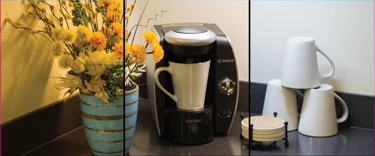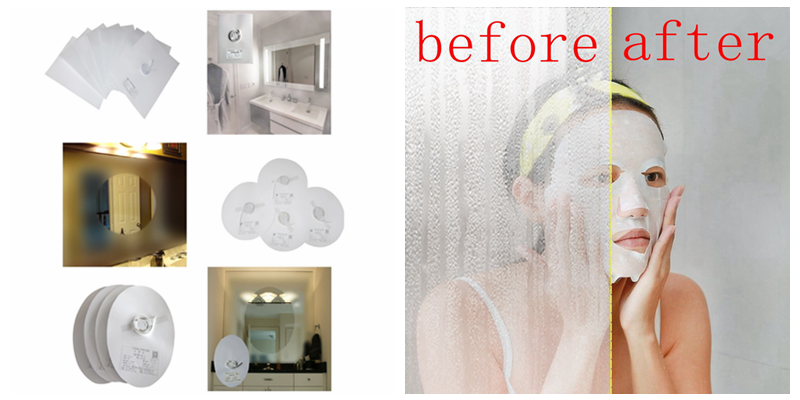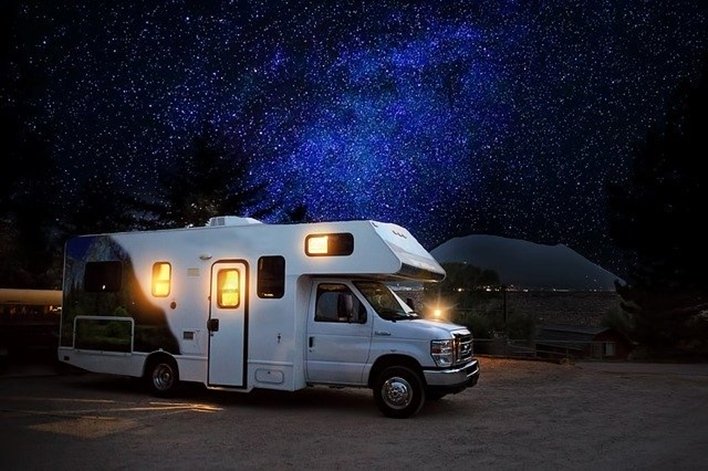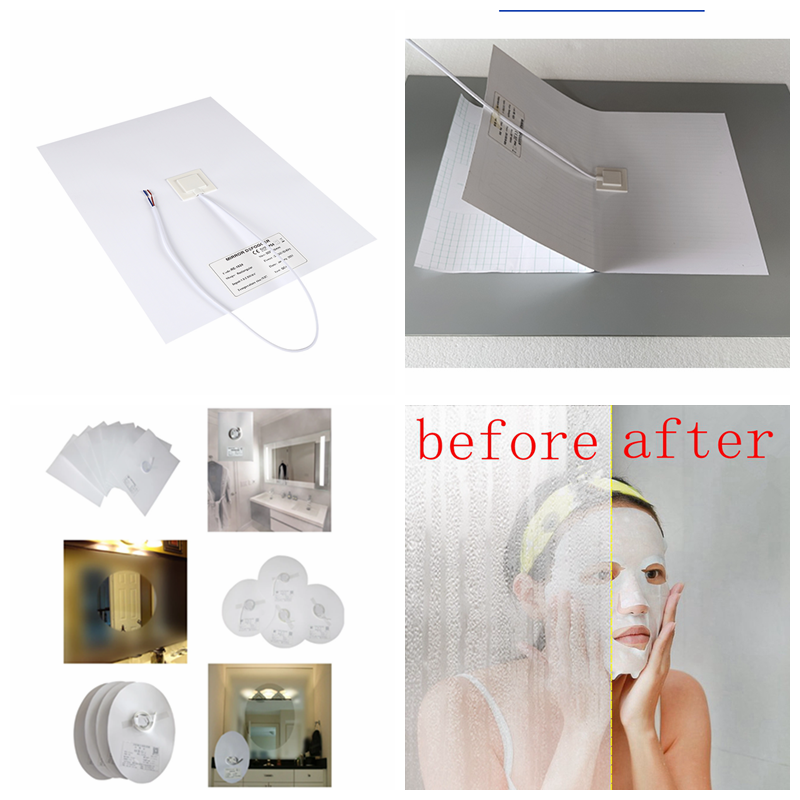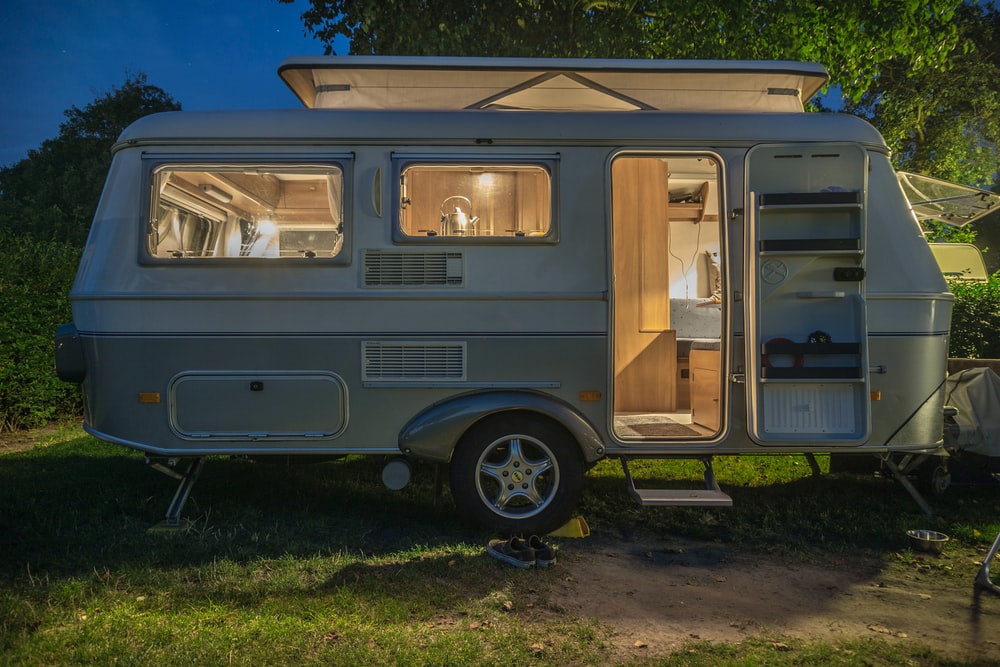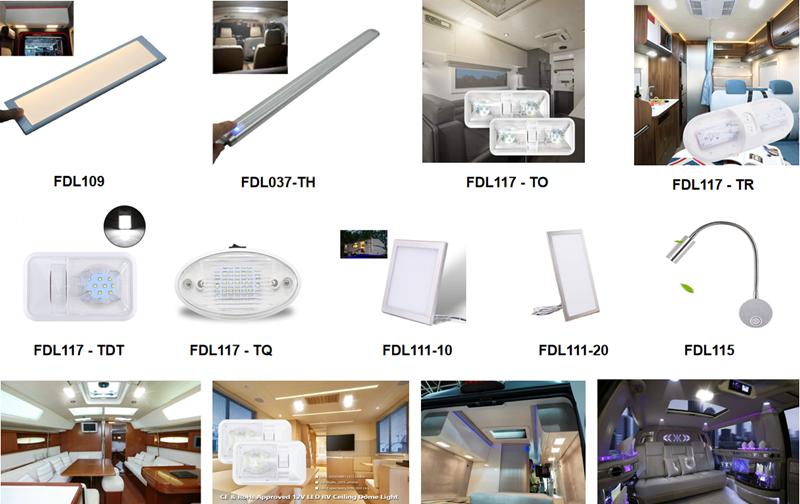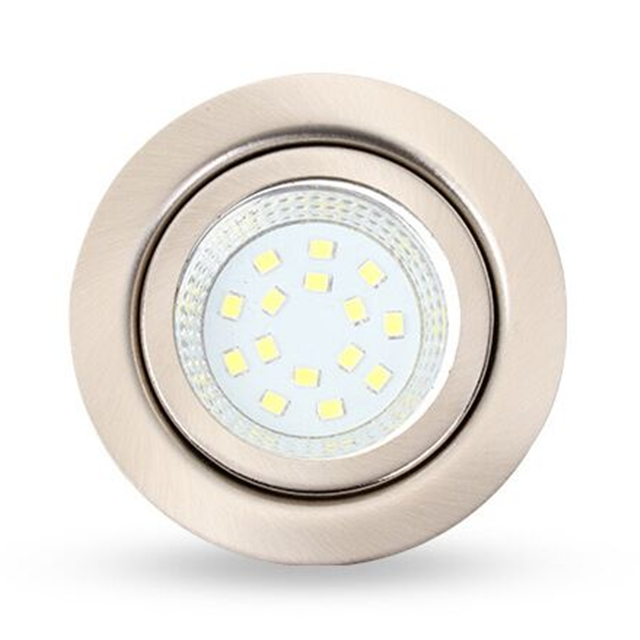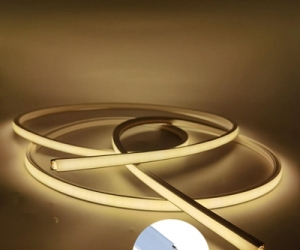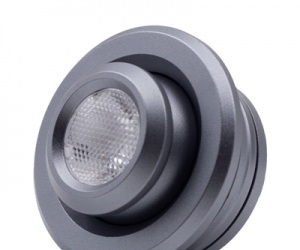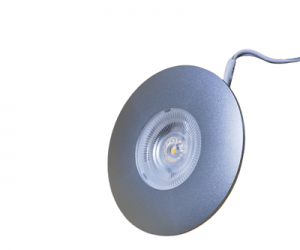If you have tried shopping for a led cabinet light recently, you know the lighting market is more complex and confusing than ever, with multiple competing technologies (LED, CFL, tungsten, halogen, and others) on the market that each offer different specs, features, and terminology. The market for under cabinet fixtures is fortunately not nearly as complex, but there are still many options available with enormous differences in quality – especially in the quality of light they produce.
What do we mean by “quality of light?” Imagine, if you will, the crisp, clean lighting of a fine art gallery or museum. This is high quality light. Now imagine the buzzing green-hued fluorescent lights of a gas station bathroom. This is bad lighting. These scenes illustrate the extremes of light quality. While the difference between under cabinet fixtures is rarely this severe, it can still be significant.
Too often, consumers will spend thousands of dollars on a new home or kitchen remodel only to undermine their investment with poor quality lighting that casts an unnatural glow on the room and dampens the vibrancy of the space.
There are several quality of light factors to consider when purchasing under cabinet fixtures that will have a tremendous impact on overall look and feel of your kitchen. This guide will help you understand these factors and what to look for in a quality fixture.
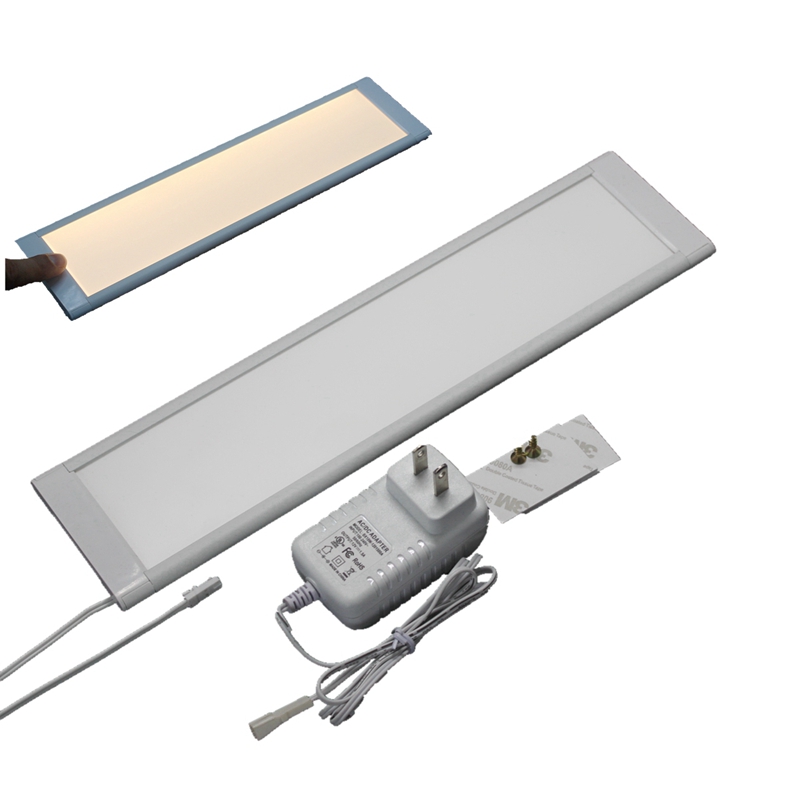
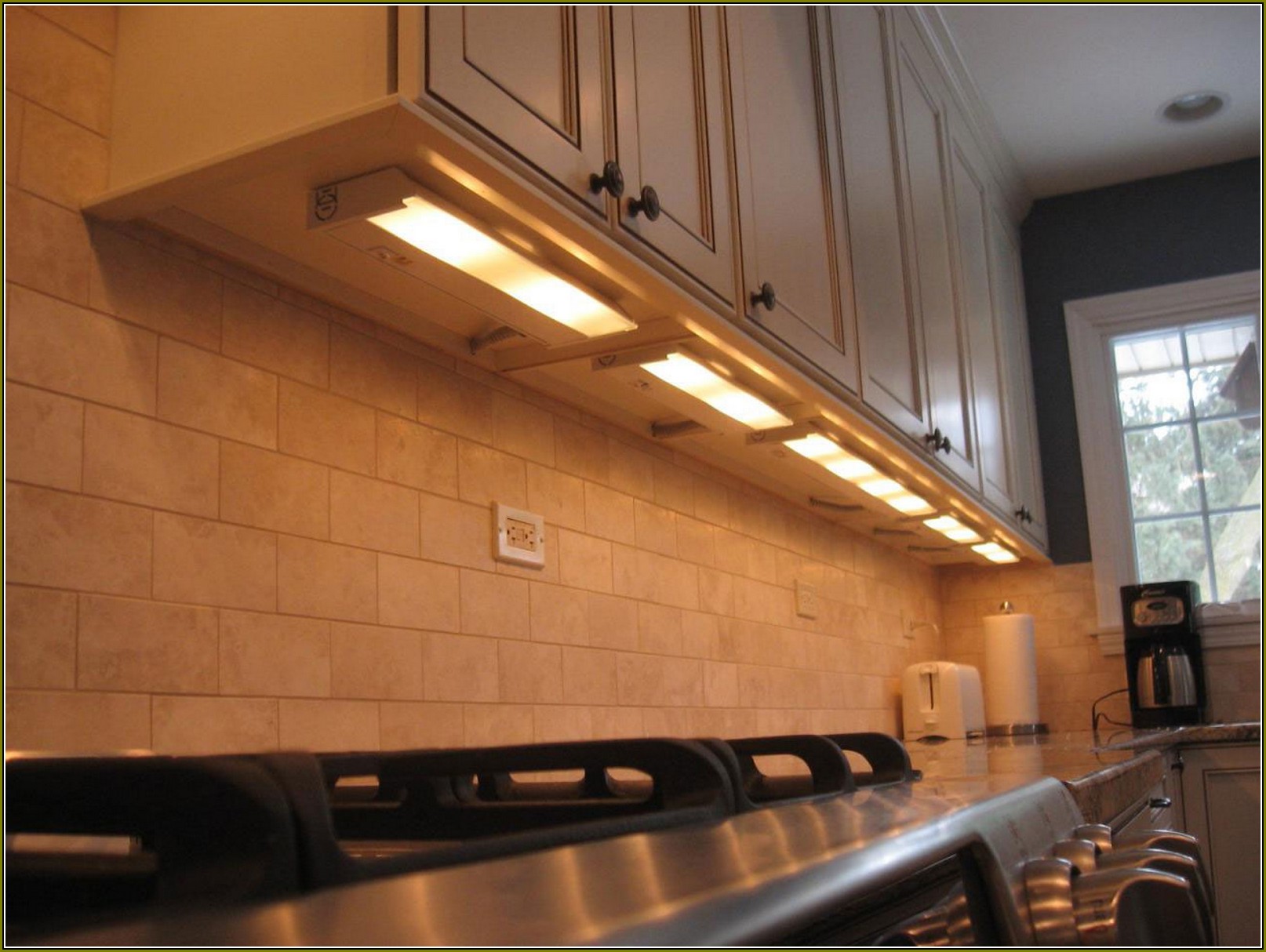
Dimmability
Dimmability is an important feature in kitchen lighting. A dimmable fixture provides the versatility of maximum light for when you are actually using the kitchen (such as meal prep, entertaining, cleaning), all the way down to subtle ambient light for evenings or times when the kitchen is not in direct use.
Fully dimmed lights can produce a beautiful, subtle glow that makes your kitchen space easier to navigate at night. And because dimmed LEDs sip only tiny amounts of electricity, they can be left on during the day at negligible expense to provide an inviting warm glow when you get home at night (instead of walking into a pitch black house).
Early LED fixtures did not offer dimming functionality, and those that did struggled to provide the smooth dimming curve of legacy incandescent lighting. Newer models from GE and others at the mid and high end of the market have addressed these problems, and now offer full-range front phase dimming as versatile as any halogen fixture when used with compatible LED dimmers, and leaps and bounds beyond what fluorescents could ever achieve.
If dimmability is important to you, make sure to select a model such as the GE Premium Linkable series that offers full-range front phase electronic dimming.
Brightness
The industry standard unit of measurement for brightness is the lumen, which indicates the total amount of light coming out of a bulb or fixture.
Determining how many lumens you need for your installation depends on the size of your kitchen, what you intend to use the lights for, and personal preference. Dimmable fixtures eliminate the guesswork and are the best way to ensure you are getting the right amount of lumens for every situation since they can always be adjusted to your preference and needs at the time.
Over the past few years, the LED industry has become ensnared in a fierce lumen race; feeding consumers’ assumption that more is better, manufacturers have raced to one-up each other with increasingly brighter models each buying season. Lumens are the most prominent feature you will see called out on most product packaging, but they are only one factor in the quality of light.
Color Temperature
Color temperature is, simply put, a measurement of how warm or cool a light source is.
To understand color temperature, picture the sun shining on a frozen white tundra. This is cool light, and it accentuates the blues of everything it touches. Now picture a Hawaiian sunset. This is warm light, and it brings out the oranges and reds of the environment.
Biologically, humans are wired to respond to cool light with alertness, while warm light is associated with calm and relaxation.
Correlated Color Temperature (CCT) is measured in degrees Kelvin. This is where things can get confusing. The higher the color temperature, the cooler the light. This can seem counterintuitive until you understand the origins of color temperature measurement.
For over a century (and until very recently), standard light bulbs worked by running an electric current through a tungsten filament. The heat from this current caused the filament to glow, producing light. The hotter a filament gets, the cooler the color of its glow. The degrees Kelvin system of color temperature measurement is correlated to the color that a tungsten filament will glow at any given temperature. This is why a 2700 degree Kelvin (2700K) light bulb appears much warmer in hue than a 5000k bulb.
See the difference of UCF Color Temperature: A kitchen counter at 3000K, 4000K and 5000K.
If this is still confusing, consider the example of fire, for which the same principle is true: the blue flame of a blowtorch is a much higher temperature than the warm orange glow of a candle. So remember: the higher the color temperature, the cooler the light.
Some helpful reference points for color temperature:
-
1000K – 1700K: Candlelight
-
2200K: Vintage Edison-style filament bulbs. (For examples, see any hipster restaurant)
-
2700K: Standard 60W Incandescent bulb
-
3500K – 4100K: Overhead fluorescent lighting (found in most office buildings)
-
5000K: “Daylight” LED and Fluorescent Bulbs
-
6500K: High efficiency (“blue-ish”) LEDs
(Note: this color temperature is very rare these days, but was common to early LED lighting products. Some people still associate LED lighting with these harsh blue-hued lights of yore. But don’t worry – you will almost never find 6500K lights in consumer lighting products today). -
10000K: Sunlight at high noon
The list above gives you a sense of the spectrum of color temperatures you might commonly encounter, but in residential LED lighting only two color temperatures matter:
- 2700K – 3000K “Warm White”: This is the color temperature of light produced by a standard 60-watt incandescent bulb. Most Americans grew up with this light in their homes, and it remains the most popular option among North American consumers today.
- 5000K “Daylight”: This color temperature is much cooler and whiter than the warm hue of 2700K. Highly popular in Europe and Latin America, 5000K lighting products are gaining in popularity among American consumers.
Nearly every residential LED lighting product on the market aligns with one of these color temperatures. Most fixtures operate at only one color temperature, so it is important to pay attention to the color temperature listed on the box or product description before buying.

